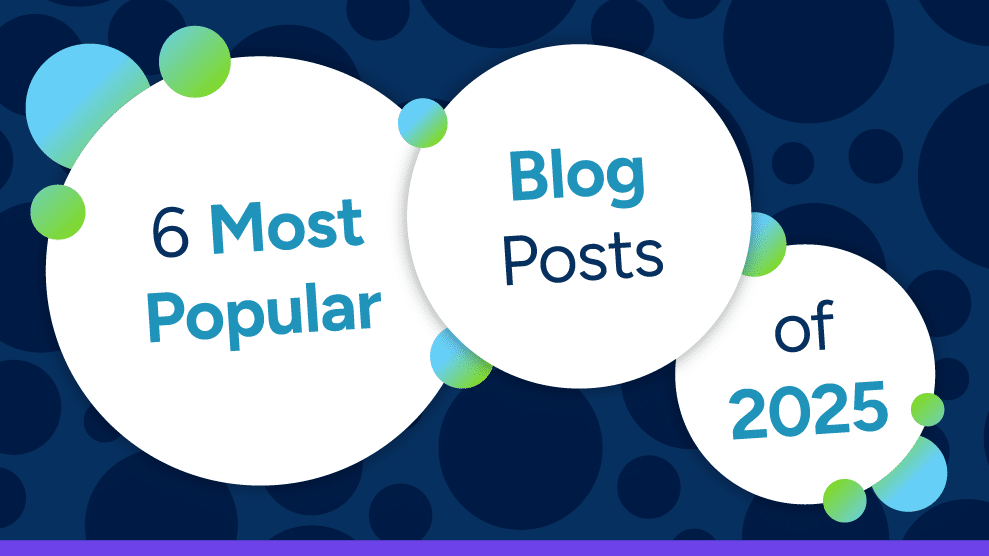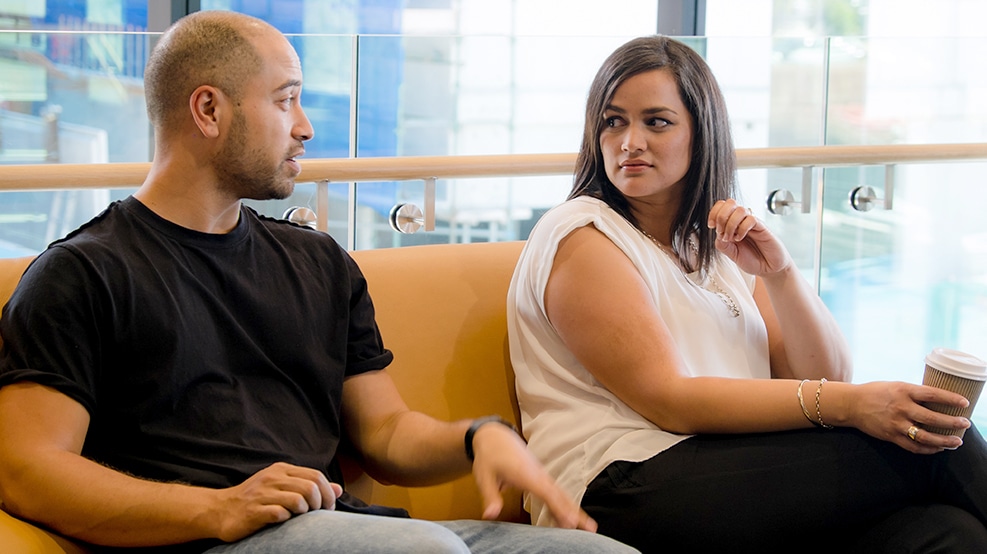
6 Most-Popular Blog Posts of 2025
Ethics and Compliance


Beyond compliance concerns, unconscious bias can quietly chip away at collaboration, trust and performance, making it not just a legal liability but a business one.

We all have mental shortcuts — assumptions, stereotypes and preferences — that help us process information quickly. But in the workplace, those shortcuts can unintentionally shape how we evaluate people, make decisions and interact with colleagues. Left unaddressed, this unconscious bias can escalate into microaggressions, and in some cases, into discriminatory behavior that has legal consequences.
In today’s heightened legal and political environment — where Executive Orders, EEOC guidance and DOJ enforcement emphasize fairness and equity — HR professionals should understand how these issues connect. Beyond compliance concerns, unconscious bias can quietly chip away at collaboration, trust and performance, making it not just a legal liability but a business one.
Unconscious bias refers to automatic associations or beliefs we hold about others based on characteristics like race, gender, age, appearance or background. These aren’t conscious decisions — they’re shaped by culture, media and personal experiences. But they can still influence critical workplace decisions, like who we hire, promote or support.
For example, a manager might repeatedly describe male employees as “leadership material” while characterizing women who display the same behaviors as “aggressive.” Or they may assume a younger team member isn’t ready for responsibility, even though their performance suggests otherwise. These biases can fly under the radar — but they have real impact.
While unconscious bias lives inside our minds, microaggressions are how it often shows up in our behavior. These are subtle, often unintended remarks or actions that make others feel excluded, stereotyped or devalued. They’re usually not meant to offend — but they still do.
Picture someone saying, “You don’t look disabled,” when a colleague mentions having a chronic invisible illness. Or a manager telling a woman without children, “You’re lucky, you can stay late — no daycare pickups for you.” These actions and comments can contribute to a hostile or unwelcoming environment.
Neither unconscious bias nor microaggressions are illegal on their own. But when they shape employment decisions or foster an environment of inequity, the consequences can be serious. Discrimination — legally defined — doesn’t require intentional prejudice. It only requires impact.
If a biased perception influences hiring, promotions, pay or terminations in ways that disadvantage a protected class, that’s discrimination. If microaggressions are pervasive enough to create a hostile work environment, employees may have grounds for a harassment claim. And if patterns of bias go unaddressed, courts and enforcement agencies may view that as willful negligence.
Today’s legal and regulatory pressure is pushing organizations to proactively address disparities — even those rooted in unconscious behavior. At the same time, DEI efforts are being politically scrutinized, which puts HR in a delicate position: drive inclusion and fairness, while navigating cultural tensions and risk.
Rather than centering the conversation on ideology, organizations should focus on behavior — what gets rewarded, what gets corrected and how to support employees in learning to recognize and address bias and microaggressions in real time.
Beyond legal exposure, bias and microaggressions weaken the very foundation of effective teams. When employees are consistently overlooked, dismissed or stereotyped, collaboration suffers. Innovation stalls. Retention drops. Even decision-making becomes less effective, as similar perspectives are rewarded while diverse voices are muted.
Research has consistently shown that diverse, inclusive teams perform better — but only when all team members feel psychologically safe to contribute. Without that sense of inclusion, the value of diversity can’t be fully realized.
Bias is human — but ignoring it is a risk. Training is one of the most effective tools to address unconscious bias and its ripple effects. When employees become aware of how unconscious bias can evolve into microaggressions and even legal discrimination, they can take steps to disrupt these tendencies before they cause harm.
Our Objectivity in the Workplace training helps employees recognize how hidden biases can influence their day-to-day interactions, decision-making and workplace dynamics, and provides practical advice for cultivating greater objectivity and inclusion. Our Subtle Acts of Exclusion training helps learners to avoid and respond constructively to microaggressions to foster a more respectful work environment for everyone.
Both courses comply with current laws and DOJ/EEOC guidance, including relevant Executive Orders.
